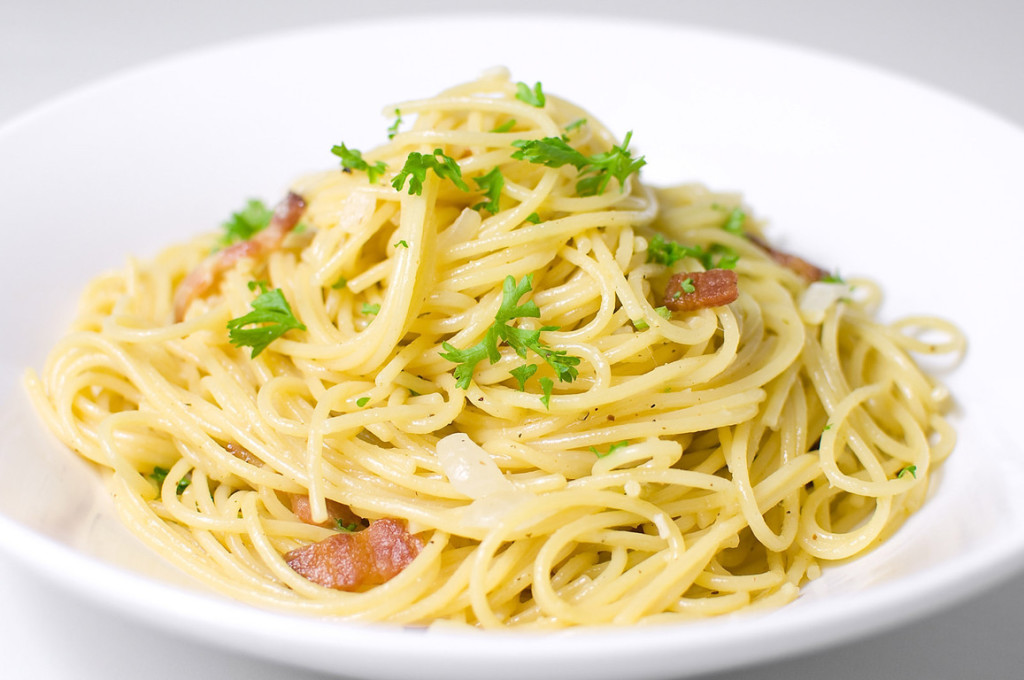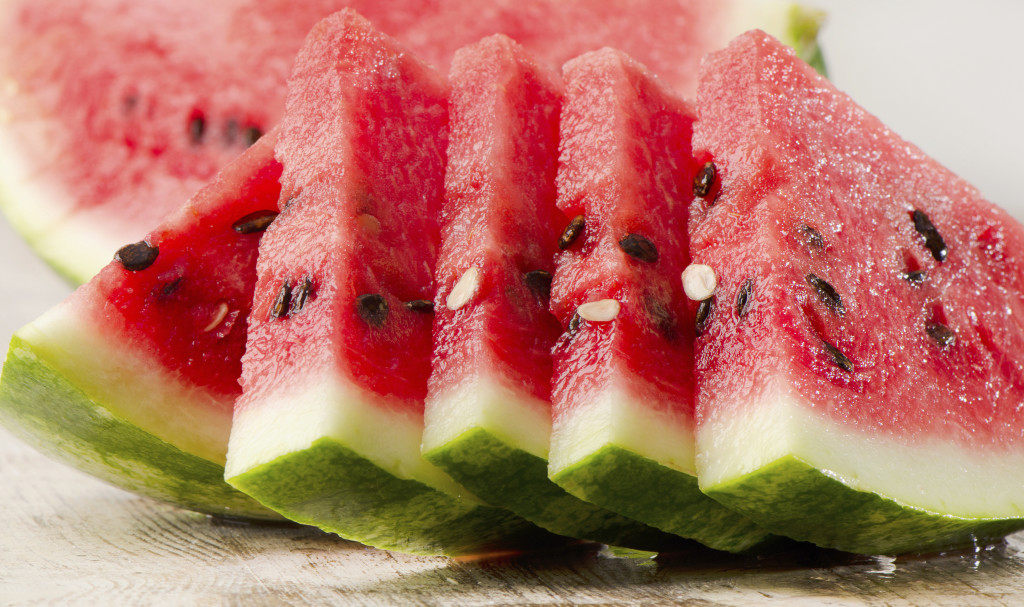Low-FODMAP diet may benefit runners who are prone to GI distress
A class of carbohydrates referred to by the acronym FODMAP may be responsible for the unpleasant GI symptoms experienced by many runners

Stomach issues in the form of bloating, gas, pain and diarrhea are very common in runners, and they can show up at the most inopportune times to derail your long race or training run. There are various ways to prevent gastro-intestinal distress (avoiding the foods and fueling products that you know give you issues, for example), but some runners struggle to get the situation under control. For them, it may be worth experimenting with a low-FODMAP diet, which a recent study found may be beneficial for recreational runners experiencing GI distress.

GI symptoms occur during intense or lengthy running sessions because blood is diverted from the GI tract to the leg muscles, resulting in less absorption of food residue–and especially high-FODMAP food residue–in the intestines, and more getting into the large intestine, where it’s digested by bacteria, which results in gas and all those other nasty symptoms.
RELATED: 5 ways to prevent GI issues
FODMAP refers to short-chain carbohydrates that include Fermentable Oligosaccharides, Disaccharides, Monosaccharides And Polyols (also referred to as sugar alcohols). They are common in dairy, legumes, wheat, rye, cashews and some nuts varieties, certain fruits and vegetables (including watermelon, apricots, pears, apples, cauliflower, onions, asparagus, some varieties of beans, and mushrooms), as well as honey and agave.

Lower-FODMAP foods that may help reduce symptoms include strawberries, grapes, oranges, tomatoes, red peppers, potatoes, spinach, lettuce, kale, cucumbers, carrots, butter, olive oil, coconut oil, sesame oil, eggs, brown rice, and most meat and fish.
The study, published in the January 15, 2019 issue of the Journal of the International Society of Sports Nutrition, had 16 healthy recreational runners aged 34 to 54 who experienced at least mild GI symptoms while running (but no IBS diagnosis), compare their symptoms on both the low-FODMAP and high-FODMAP diet, adopting each diet for one week, with a one-week break in between where they ate their regular diet. (Runners both reported their symptoms subjectively and had blood samples taken to measure a particular protein as a marker for GI disturbance. They also recorded their workouts and activity levels. Subjects consumed a comparable number of calories on both diets.)
RELATED: Healthy foods that can cause inflammation

Most of the runners (69 per cent) found bloating and pain significantly reduced on the low-FODMAP diet, and 75 per cent experienced either no improvement or worsened symptoms on the high-FODMAP diet. Most were also able to exercise more frequently and intensively on the low-FODMAP diet but not the high-FODMAP diet.
A report in the Berkeley Wellness Letter cautions that other symptoms such as gas and diarrhea were not significantly reduced on the low-FODMAP diet, and the sample size of only 16 runners was obviously small. And what’s not clear is whether the benefits last after you resume eating higher-FODMAP foods, or whether you need to completely eliminate them from your diet in order to see lasting benefit.
Some runners prefer a low-carb diet for other reasons (including when training their body to burn more fat during endurance events), and may experience less GI distress as a side-benefit.
For a list of low-FODMAP and FODMAP-free foods, click here.


